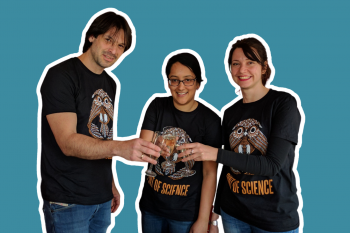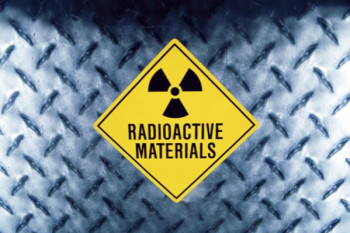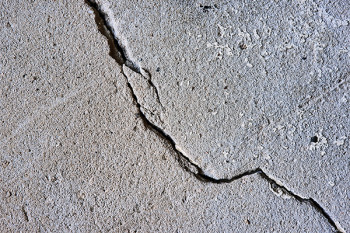© Pint of Science, 2025. All rights reserved.
Subscribe: Spotify | TuneIn | Stitcher | Apple
Episode 4 – Professor Anjali Goswami
How did the dinosaurs die out? What is Deep Time? Why are there so many insects? And is dental microwear just tiny orthodontics (spoiler alert: it isn’t). These are just a few of the big questions we sat down to ask Anjali Goswami, Professor of Paleobiology and Research Leader in the Life Science Vertebrates Division at the Natural History Museum. This week, the beautiful Imperial Durbar in Tooting served as our setting, a venue that turned out to be very suitable for the podcast content! Please be warned, this week’s episode contains a large number of tigers.
Welcome back to the Pint of Science podcast. Each week, we meet scientists in pubs around the UK to find out about their lives, their universe, and everything. From *how* fruit flies love to *why* humans love, via jumping into volcanoes, winning Olympic medals, where we came from and more!
Like what we do? Let us know using the hashtag #pintcast19. And be sure to subscribe to us and rate us on your favourite podcasting platform!
The Pint of Science podcast is a part of the Pint of Science Festival, the world's largest science communication festival. Thousands of guests and speakers descend on pubs in hundreds of cities worldwide to introduce science in a fun, engaging, and usually pint-fuelled way.
This podcast is made possible with the help of our sponsors Brilliant.org. Do check them out, and visit www.brilliant.org/pintofscience/ where the first 200 people who sign up will get 20% off a Premium plan!
About Anjali Goswami, this week's guest:
Anjali Goswami is a Professor of Paleobiology and Research Leader in the Life Science Vertebrates Division at the Natural History Museum. Her research has taken her on a fascinating journey through evolutionary history, and she’s published on everything from echolocating whales through to birds of the Mesozoic, via mole and dolphin skulls (a bit like Dr DoLittle, but with more… skeletal animals). Her most recent work focuses on carrying out a huge 3D scanning and analysis effort to reconstruct vertebrate evolution at extremely high resolutions, to help us understand how things like developmental pathways shape variation, and then how the environment acts on this variation to produce the diversity of life. Pretty big questions! Anjali has an excellent website you can visit and see some of the amazing images her lab produces.
You can also follow her on twitter: @anjgoswami




